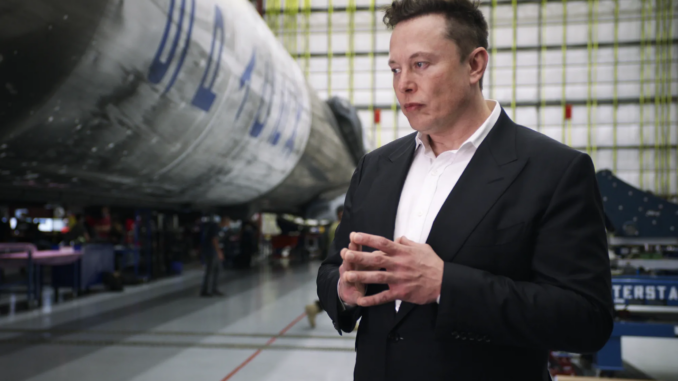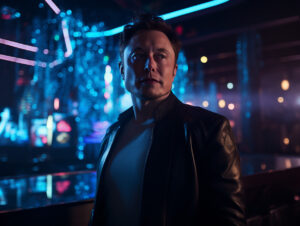
If Elon Musk’s Neuralink brain-implant venture succeeds in its effort to create next-generation brain implants for artificial vision, the devices could bring about a breakthrough for the visually impaired — but probably wouldn’t match Musk’s claim that they could provide “better than normal vision,” University of Washington researchers report.
In a study published today by the open-access science journal Scientific Reports, UW psychologists Ione Fine and Geoffrey Boynton point out that the brain’s vision system relies on complex interactions between neurons that don’t directly translate into a pixel-by-pixel picture.
“Engineers often think of electrodes as producing pixels, but that is simply not how biology works,” Fine said in a news release. “We hope that our simulations based on a simple model of the visual system can give insight into how these implants are going to perform. These simulations are very different from the intuition an engineer might have if they are thinking in terms of a pixels on a computer screen.”
For the past several years, Neuralink has been developing a system that relies on brain implants and high-level computer processing — with an initial goal of making it possible for quadriplegic patients to interact with their environment by controlling computerized tools with their minds.
One patient, Noland Arbaugh, was equipped with the implant in January as part of a clinical trial. In May, Arbaugh told ABC News that he was “very happy” to be part of the trial, even though the device’s performance had degraded somewhat. During an update in July, Musk said Neuralink’s roster of implant recipients could reach “high single digits this year,” depending on regulatory approvals.

Musk said the next application for Neuralink’s implants, known as Blindsight, would provide artificial vision. Test versions of the device already have been implanted in monkeys to produce single-pixel blips — “a flash here and a flash there” — that have elicited responses from the monkeys, he said.
Blindsight’s performance would have to ramp up significantly before the implants were ready for human clinical trials.
“The initial resolution for vision will be relatively low — something like Atari graphics sort of thing,” Musk said. “But over time, it could potentially be better than normal vision.” (Musk made a similar claim in March on his X social-media platform.)
Fine and Boynton focused on the claims for potential performance by simulating the sorts of images that could be created by combining inputs from tens of thousands of electrodes connected to individual neurons in the visual cortex. By comparison, Arbaugh’s implant has roughly 1,000 electrodes.
The researchers noted that each neuron in the visual system takes in information about imagery in a small region of space known as the receptive field, and not just a single point of light. Their simulations suggested that an image generated by a 45,000-electrode array wouldn’t be nearly as detailed as a 45,000-pixel image naturally generated by the eyes and the brain.
It would be a daunting task to re-create the codes that are used by thousands upon thousands of cells in the visual cortex to produce normal human vision, Fine said.
“Even to get to typical human vision, you would not only have to align an electrode to each cell in the visual cortex, but you’d also have to stimulate it with the appropriate code,” she said. “That is incredibly complicated because each individual cell has its own code. You can’t stimulate 44,000 cells in a blind person and say, ‘Draw what you see when I stimulate this cell.’ It would literally take years to map out every single cell.”
